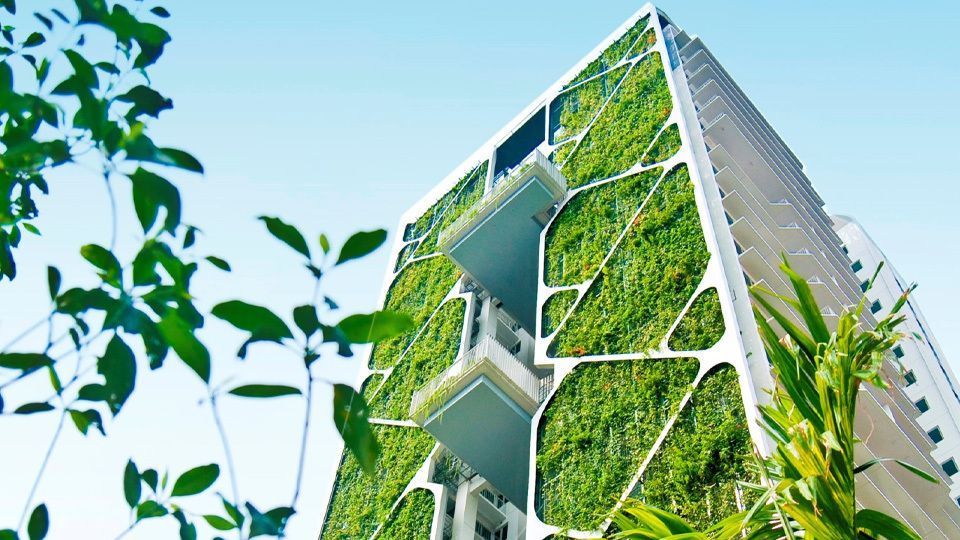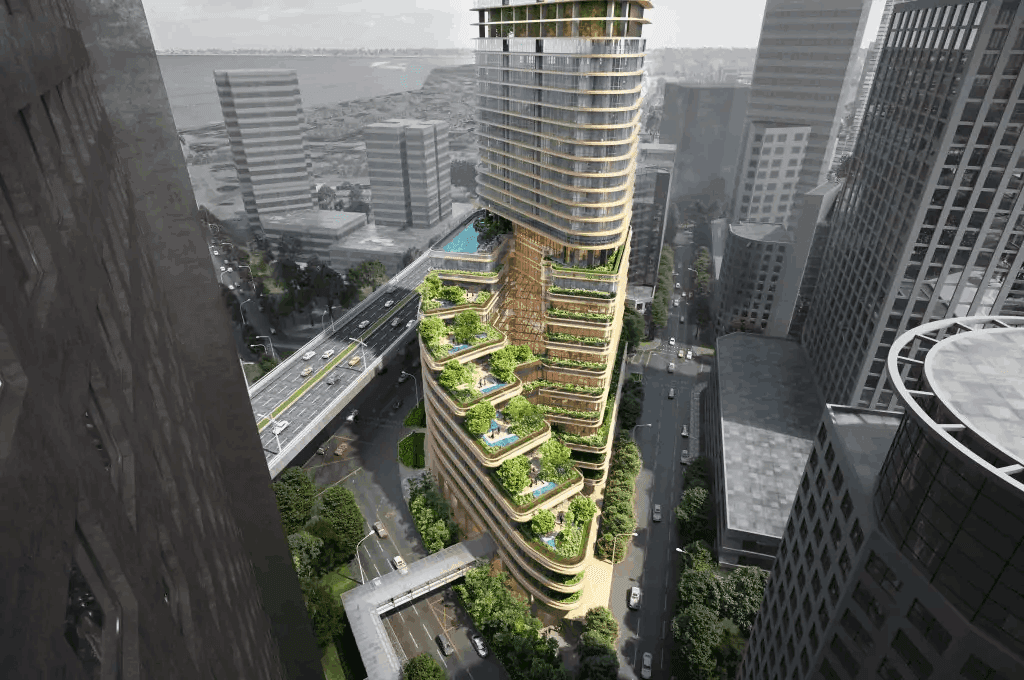Championing eco-friendly, sustainable real estate
Featuring Singapore-based City Developments Ltd.
In urban areas, especially in the Philippines, landscaping is often overlooked in favor of building tall structures, leading to a rise in the heat index.
While development is inevitable, the destruction of nature can be prevented. Global real estate leaders are focusing on the forces shaping our buildings and cities in this time of unprecedented change. Case in point: Singapore-based City Developments Ltd. (CDL), one of the largest real estate developers in Southeast Asia.
Under the Smart Cities Programme of the United Nations Development Programme (UNDP), CDL has shown that it is possible to bring nature back to the city, leveraging technology to improve the quality of life for citizens while prioritizing sustainability.
Nature in the city
One of CDL's remarkable projects is Tree House, a 24-story condominium completed in 2013, located in Upper Bukit Timah and Chestnut Avenue.

This development is more than just a home for its residents. From April 2014 to June 2015, CDL’s Tree House held the Guinness World Record for the Largest Vertical Garden, with 77 percent of the site area dedicated to landscaping and greenery, including the iconic green wall. The vertical garden reduces heat absorption and lowers the energy needed to cool indoor spaces. Tree House is notable not only for its aesthetics but also for its environmental impact, with over 99 native animal species and 32 plant species identified in a biodiversity impact assessment.
By 2030, CDL aims for 80 percent of its owned and managed buildings to achieve Super Low Energy Buildings (SLEB) status, in line with the 80-80-80 targets set by the SG Green Building Masterplan. Another eco-friendly project by CDL is Newport Plaza on Anson Road, awarded Singapore’s first Building and Construction Authority (BCA) Green Mark Platinum Super Low Energy (SLE) Integrated Development.

Newport Plaza showcases biophilic design elements using green and blue features for cooling and comfort. The rooftop solar PV system meets 30 percent of the energy needs for the residential common area. The building mitigates flood risks with a raised ground level and uses horizontal sun shading fins on every level to reduce heat and energy consumption.
Lesson to ASEAN countries
CDL teaches the world how development and environmental sustainability can coexist by implementing numerous green building practices and sustainability initiatives to minimize environmental impact while pursuing urban development. By integrating green spaces and prioritizing eco-friendly construction methods, CDL demonstrates the possibility of balancing growth with the preservation of nature.
During the Singapore International Foundation’s Journalist Visit Programme, CDL Chief Sustainability Officer Esther An shared that CDL is on track to meet its Science Based Targets Initiative—validated goal of reducing carbon emissions by 63 percent by 2030. “Rapid urbanization has come at the expense of climate, nature, and the economy. Forty-four percent of global GDP in cities is estimated to be at risk of disruption from nature loss. As a global real estate company committed to ‘conserving as we construct’ since 1995, CDL will continue to accelerate innovative and impactful climate action through collaborations with the public, private, and people sectors,” An said.

While other countries in the Association of Southeast Asian Nations (ASEAN) may be behind in becoming as sustainable as Singapore, An emphasized the importance of regional collaboration to address shared challenges and leverage each other’s strengths to thrive together. “Our climate will not change for the better without a critical mass to drive sustainable policies and practices toward a sustainable future.”